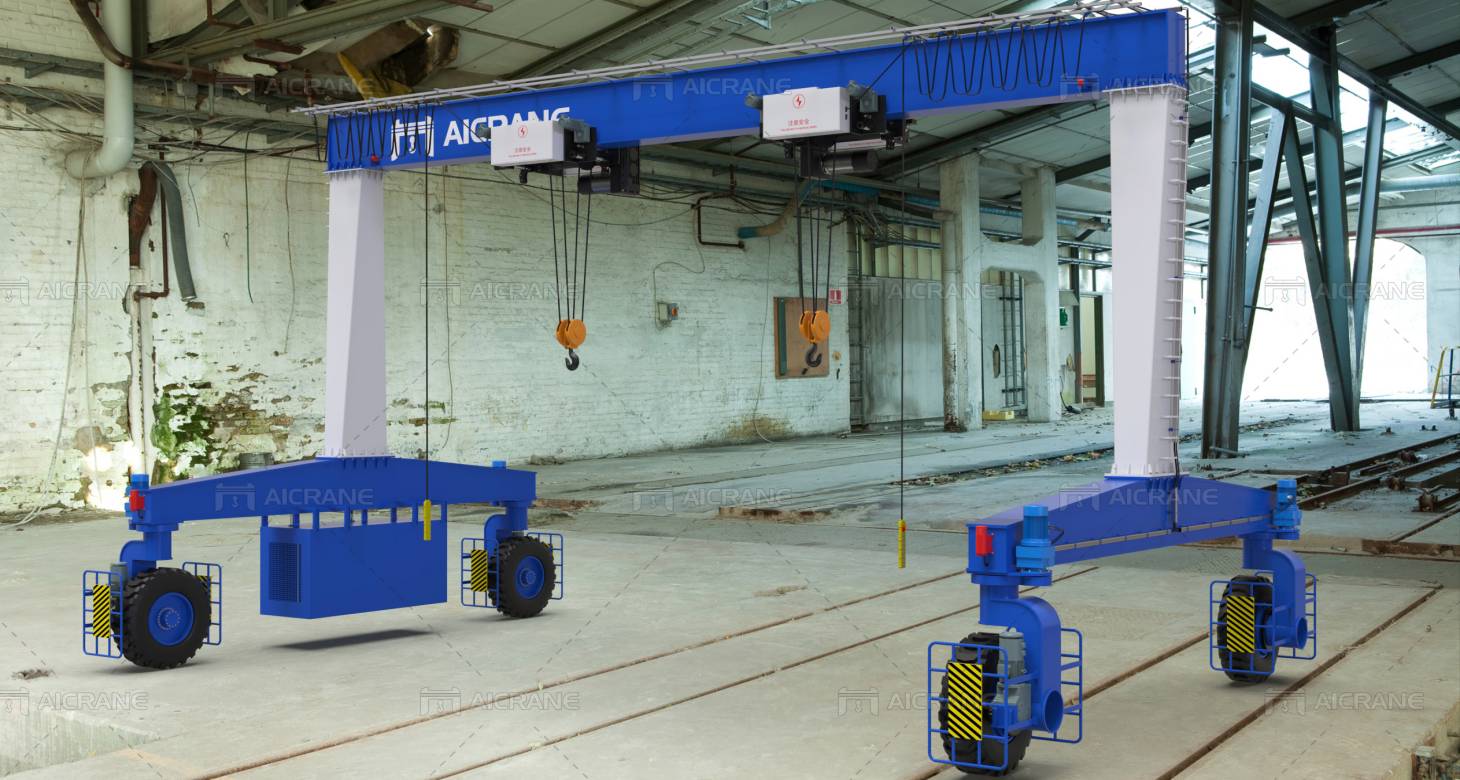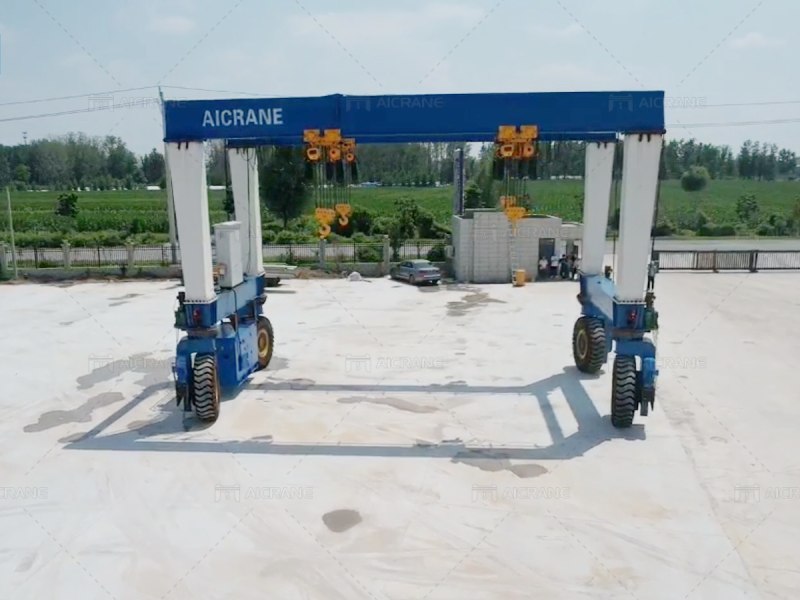In the rapidly evolving landscape of port and terminal operations, electric Rubber-Tired Gantry (RTG) cranes have emerged as a transformative technology, offering innovative solutions to enhance efficiency, reduce environmental impact, and optimize container handling processes. This article delves into the significance of electric RTG crane technology, its key features, benefits, and how it is revolutionizing terminal operations.
Understanding Electric RTG Crane Technology
Electric RTG cranes are a modern adaptation of traditional RTG cranes, which historically used diesel engines for power. Unlike their diesel counterparts, electric RTG cranes are equipped with electric drive systems powered by onboard energy storage or grid electricity. This shift to electric power has significant implications for terminal operations, enabling operators to achieve higher levels of efficiency, cost-effectiveness, and sustainability.

Key Features of Electric RTG Cranes
- Electric Drive System: Electric RTG cranes use electric motors for propulsion and lifting, reducing emissions and noise levels compared to diesel-powered cranes.
- Energy Storage Solutions: Some electric RTG cranes incorporate advanced energy storage systems, such as batteries or ultra-capacitors, enabling flexible energy management and reducing peak power demand.
- Regenerative Braking: Electric RTG cranes often feature regenerative braking systems that capture and store energy during deceleration, improving overall energy efficiency.
- Remote Control and Automation: Many electric RTG cranes are equipped with remote control and automation capabilities, allowing for precise and efficient container handling operations.
- Environmentally Friendly: By eliminating diesel emissions and reducing noise pollution, electric RTG cranes used outdoors contribute to cleaner and more sustainable terminal environments.
Benefits of Electric RTG Crane Technology
The adoption of electric RTG cranes offers several advantages for terminal operators and port facilities:
- Reduced Operating Costs: Electric RTG cranes have lower fuel and maintenance costs compared to diesel-powered cranes, resulting in overall cost savings.
- Improved Air Quality: Eliminating diesel emissions improves air quality in and around terminals, supporting environmental sustainability goals.
- Noise Reduction: Electric RTG cranes operate more quietly than diesel cranes, minimizing noise pollution in terminal areas and surrounding communities.
- Enhanced Flexibility: Electric RTG cranes can be easily integrated with energy management systems and renewable energy sources, enhancing operational flexibility.
- Regulatory Compliance: Electric RTG cranes align with increasingly stringent environmental regulations and emissions standards.

Applications of Electric RTG Cranes
Electric RTG cranes are utilized in container terminals and intermodal yards for various applications:
- Container Handling: The container handling gantry cranes efficiently lift, transport, and stack containers in terminal yards, optimizing storage space and container flow.
- Intermodal Operations: Facilitate seamless transfer of containers between trucks, trains, and vessels, supporting efficient intermodal transportation networks.
- Yard Management: Improve yard layout and container organization, enhancing overall terminal productivity and throughput.
Future Trends and Innovations
Looking ahead, the future of electric RTG crane technology is poised for further advancements and innovations:
- Integration of Renewable Energy: Increased adoption of renewable energy sources, such as solar or wind power, to supplement electric RTG crane operations.
- Advanced Energy Storage Solutions: Continued development of energy storage technologies to optimize energy management and reduce dependency on grid electricity.
- Enhanced Automation and Connectivity: Integration of artificial intelligence (AI) and IoT (Internet of Things) technologies to enable predictive maintenance, real-time monitoring, and autonomous operations.
In conclusion, electric RTG crane technology represents a pivotal advancement in terminal solutions, offering a sustainable and efficient alternative to traditional diesel-powered cranes. By embracing electric RTG cranes, terminal operators can achieve operational excellence, reduce environmental impact, and drive innovation in container handling and port operations.
If you’re seeking innovative terminal solutions to optimize efficiency and sustainability in container handling, electric RTG cranes are a compelling technology worth exploring. Discover the transformative potential of electric RTG crane technology and unlock new opportunities for enhancing terminal operations in the maritime industry. To get more details of crane types and uses, just click here https://aicranemachine.com/.
Explore the future of terminal operations with electric RTG cranes—innovative technology driving efficiency, sustainability, and performance in container handling.
